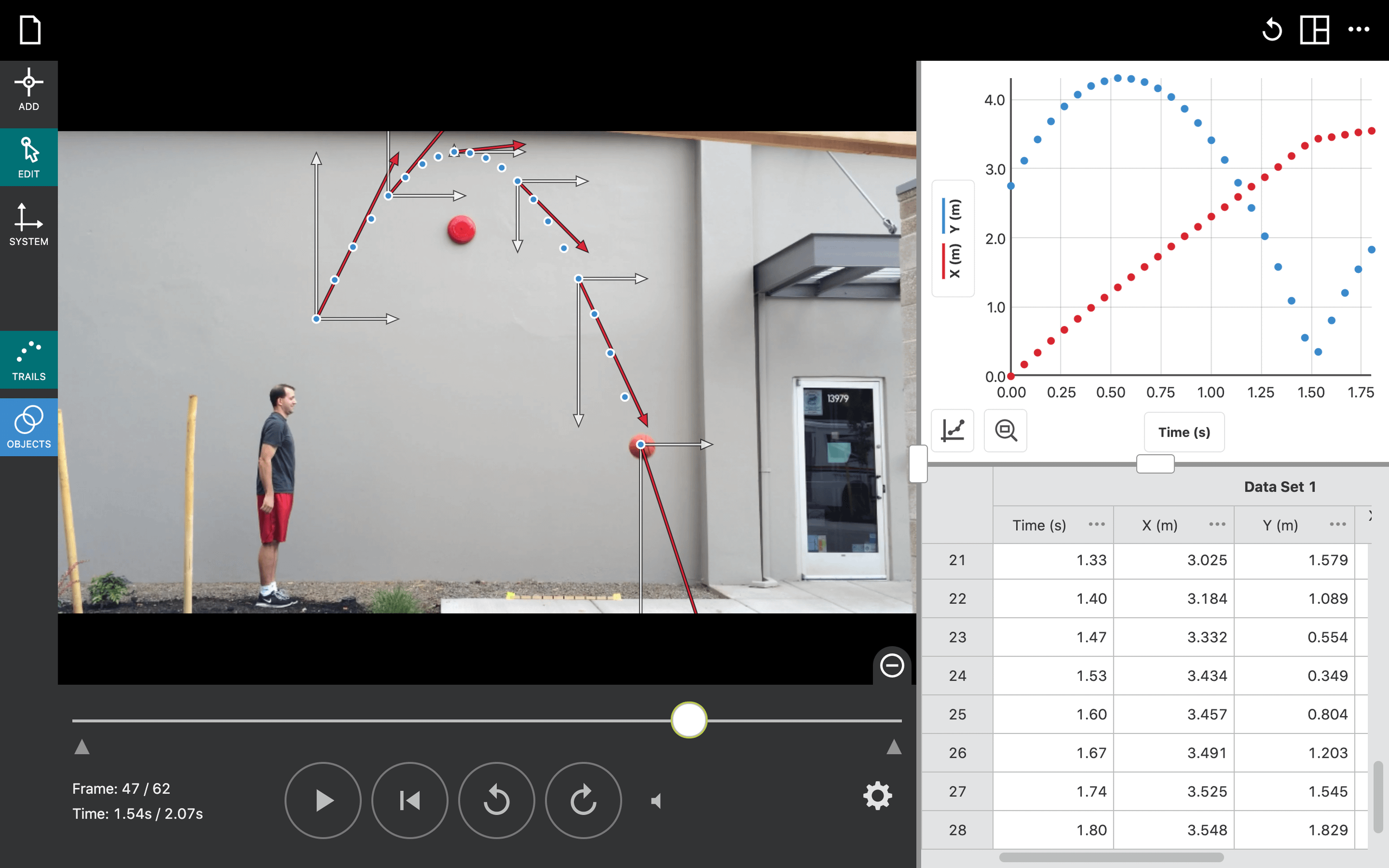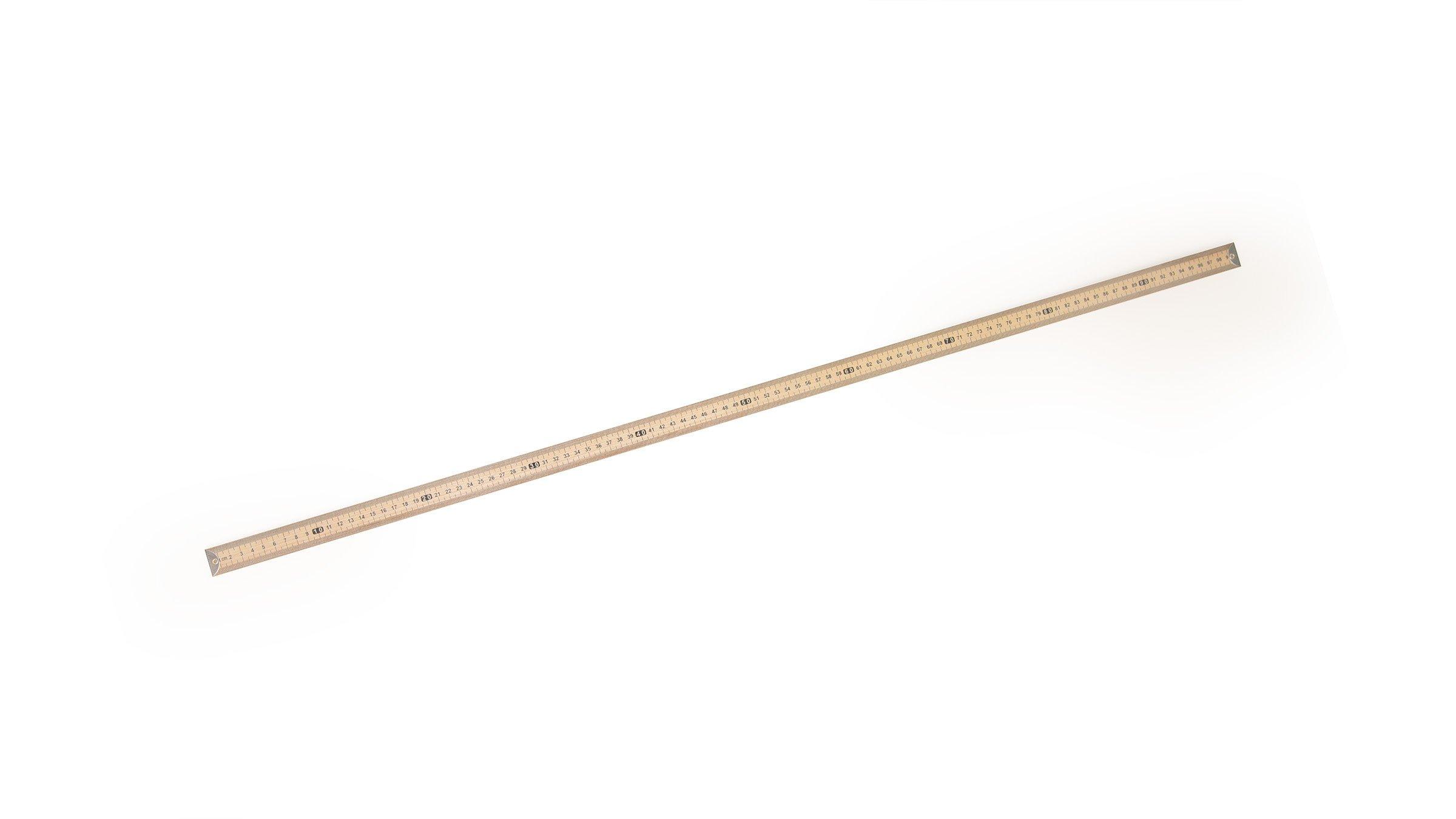Energy of a Bouncing Ball
Experiment #1 from Vernier Video Analysis: Conservation Laws and Forces
- Subject
- Physics
Introduction
When a ball falls, its gravitational potential energy is transformed into kinetic energy; likewise, after a bounce, the ball rises into the air and its kinetic energy is transformed back into gravitational potential energy. On the next bounce, this energy transfer repeats, but the ball doesn’t rise back up to the height it fell. At some point along its path, it lost energy. In this experiment, you will investigate the energy of a bouncing ball and seek to determine where, when, and how it loses energy.
Objectives
- Use video analysis techniques to obtain position, velocity, and time data for a ball that is
bouncing. - Create calculated columns of energy data to graphically show the changes in energy.
Sensors and Equipment
This experiment features the following sensors and equipment. Additional equipment may be required.
Ready to Experiment?
Ask an Expert
Get answers to your questions about how to teach this experiment with our support team.
- Call toll-free: 888-837-6437
- Chat with Us
- Email support@vernier.com
Purchase the Lab Book
This experiment is #1 of Vernier Video Analysis: Conservation Laws and Forces. The experiment in the book includes student instructions as well as instructor information for set up, helpful hints, and sample graphs and data.



